Researchers from the National Institute of biological sciences and the Paraguayan Institute of non-governmental sciences have found a species of snake that is not known in Paraguay It is understood that this new snake species belongs to the genus phalotris, which has 15 semi underground species distributed in Central South America.
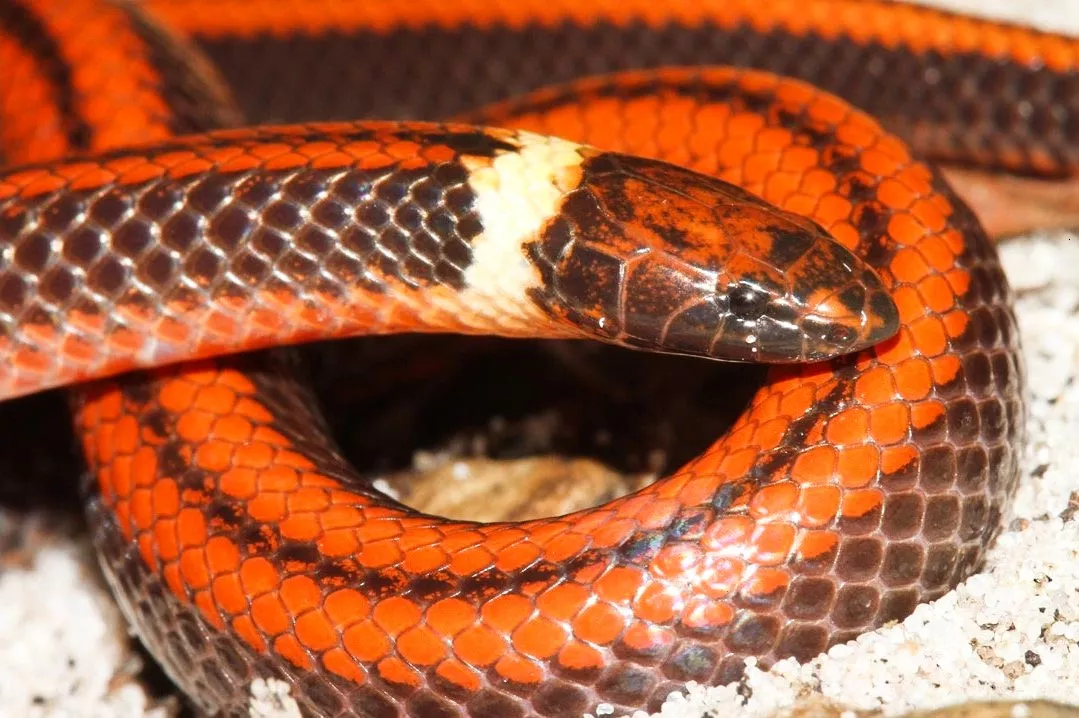
This group of snakes is famous for its striking colors of red, black and yellow patterns.
Jean Paul Brouard, one of the researchers involved in this study, accidentally found an individual of this new species while digging a hole in Rancho Laguna Blanca in 2014. He described the findings in the scientific journal zoosystematics and evolution with his colleagues Paul Smith and pier cacciali. The researchers named it phalotris shawnella in memory of two children - Shawn Ariel Smith fern á ndez and Ella Bethany Atkinson - who were born in the same year as para la Tierra (2008). The two children inspired the founders of non-governmental organizations to work hard to protect Paraguay's wildlife and hope that their children can inherit a better world.

The new phalotris snake is particularly attractive and can be distinguished from other related species of the genus by combining a red head with a yellow collar, a black side band and an orange ventral scale with irregular black spots. Phalotris snake is an endemic species in the serrado forest of San Pedro Province in eastern Paraguay. Its known distribution includes two sandy soil sites in the province - Colonia Volendam and Laguna Blanca, which are 90 kilometers apart.
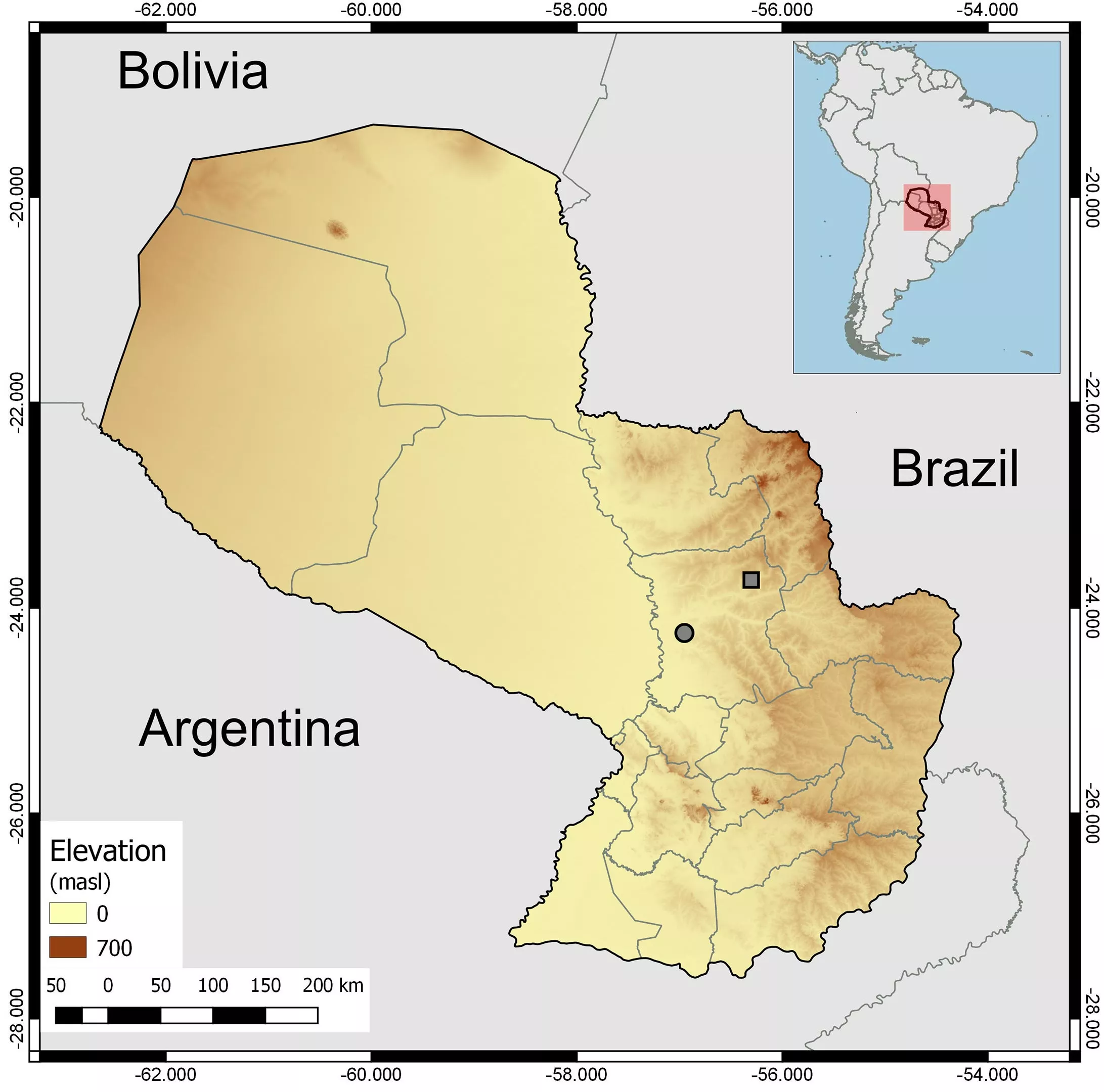
According to the protection category of the International Union for the conservation of nature (IUCN), the extreme rarity of the species makes the author think it is in an "endangered" state, which means that they will face the risk of extinction if no protection measures are taken.
The species can only be found in the famous tourist resort of Lake Blanca, which is declared an important area for amphibian and reptile protection.
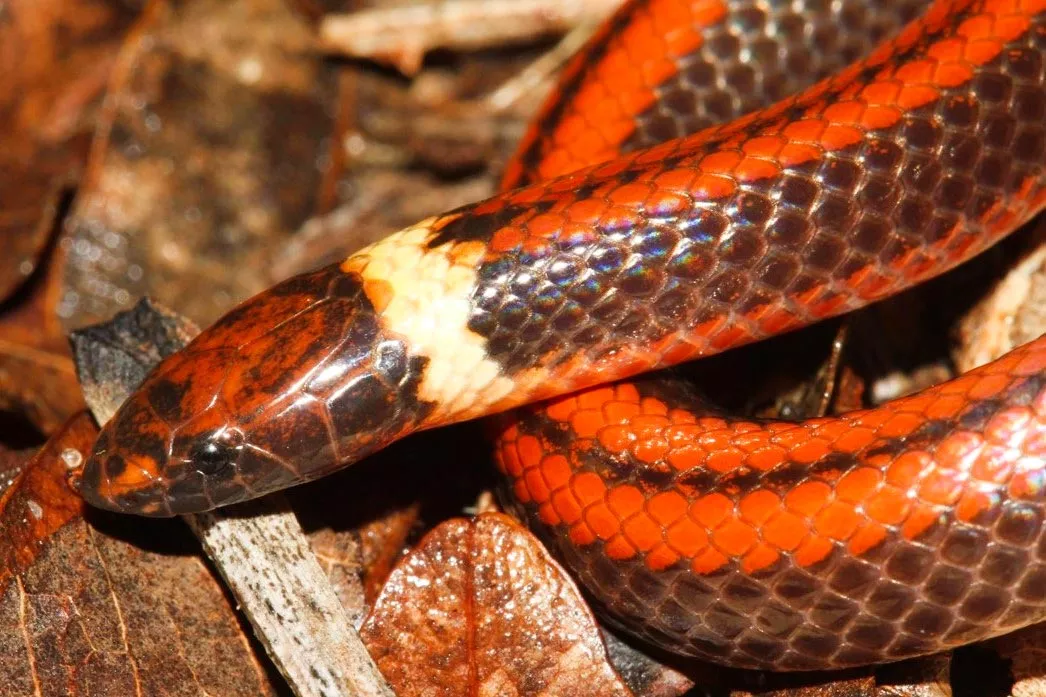
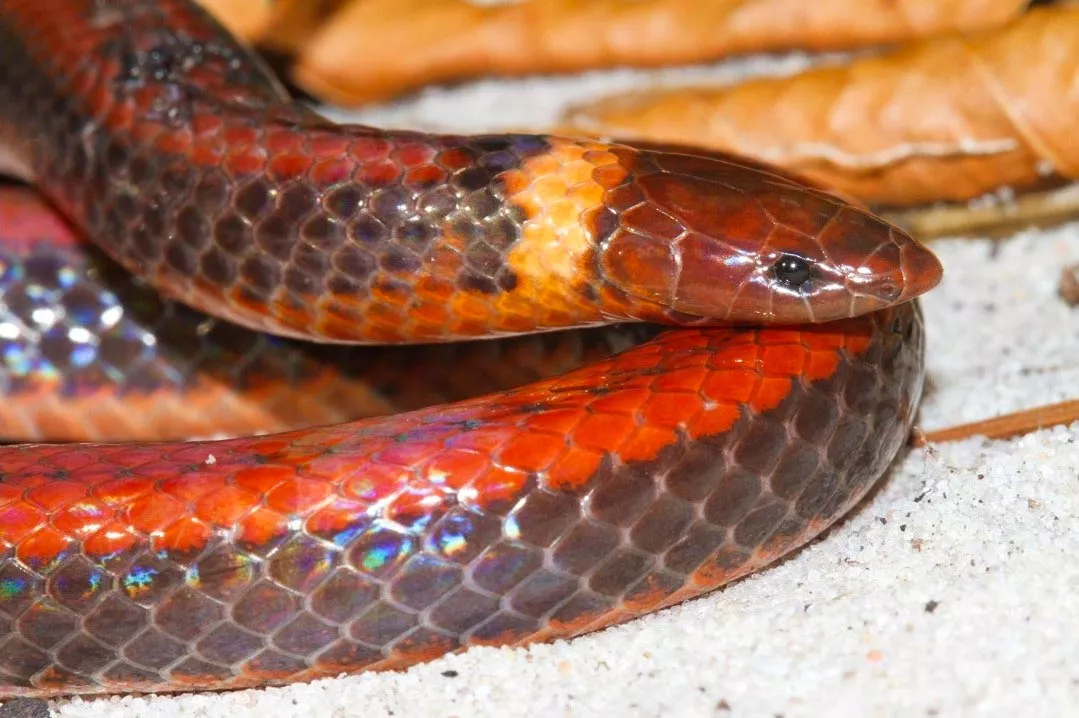

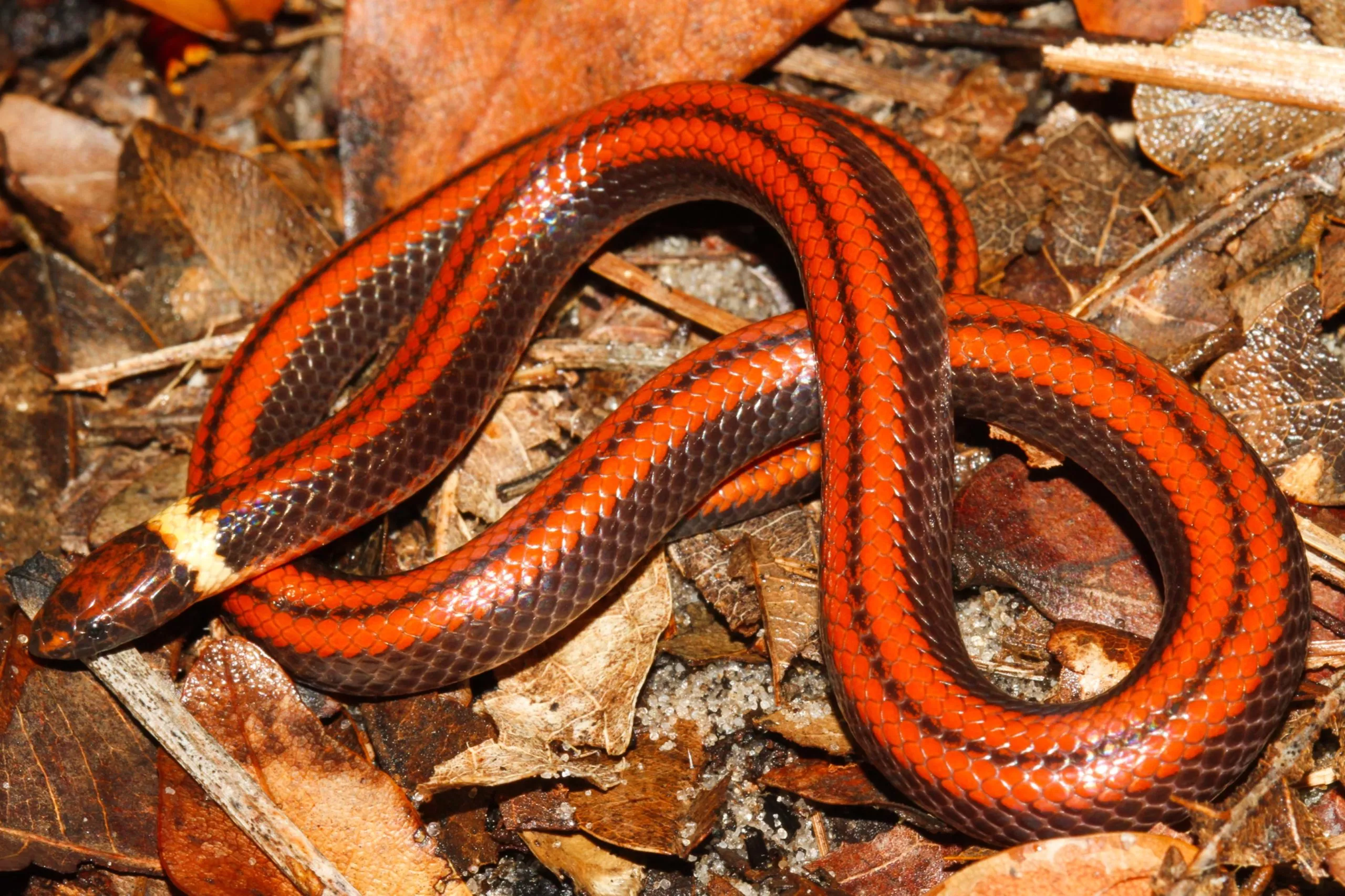
"This shows once again the need to protect the natural environment in this part of Paraguay. Laguna Blanca has been designated as a nature reserve for five years, but it is not protected at all. Protecting this place should be considered a national priority," the researchers commented